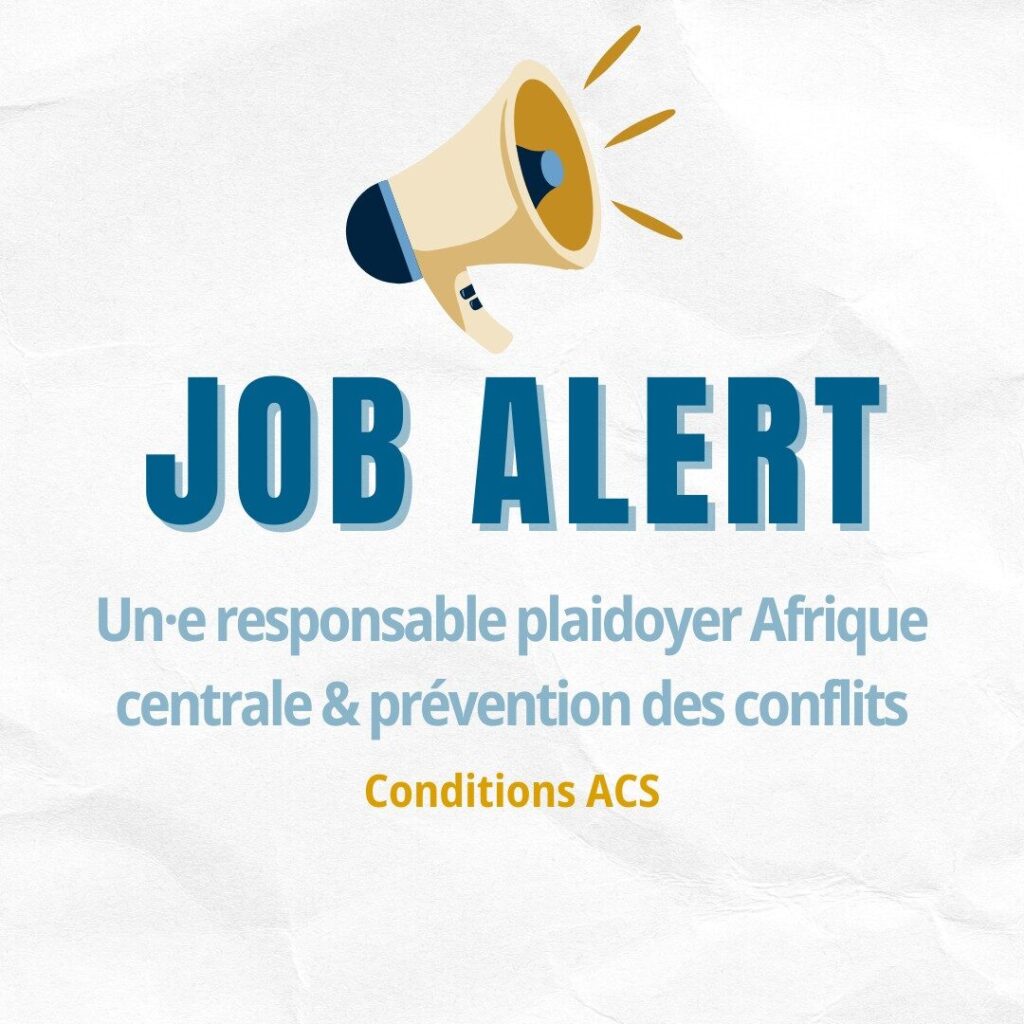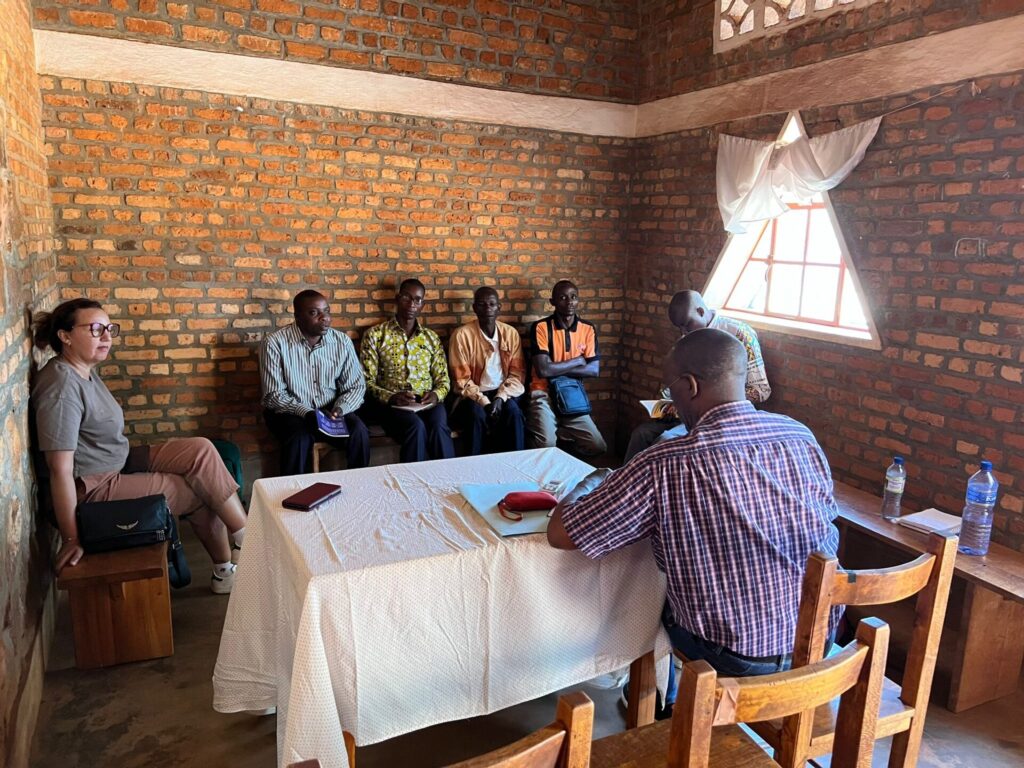Each of the last four decades has been successively warmer than all the previous ones since 1850. The climate is warming and the entire planet is affected by climate disruption.

Tomorrow's society will undeniably live with climate change, whether it seeks to mitigate it or must adapt to it.
For 30 years, a scientific body, the IPCC[1] assesses the state of scientific, technical and socio-economic knowledge on climate change and regularly publishes reports, the latest of which, in August 2021, summarizes the scientific foundations.
The results of this report are, once again, alarming[2] : it is now indisputable that human influence has warmed the atmosphere, the oceans and the land; the global temperature of the last decade was 1.1°C higher than during the period 1850-1900; many climate changes on Earth are unprecedented over hundreds or even thousands of years and some of these changes (such as rising sea levels and melting ice) are irreversible over several centuries. At the regional level, climate change is already affecting all inhabited regions of the Earth. In Central and Western Europe, we are observing an increase in heat extremes, heavy precipitation and agricultural and ecological droughts.[3]. You only need to remember the last summers in Belgium to realize this.
In 2015, to try to mitigate climate change, an international objective was decided, through the Paris Agreement[4] : contain global warming well below 2°C, or even limit it to 1.5°C. According to the climate projections presented in the latest IPCC report, this limit of 1.5°C will already be reached by to 2040. For the end of the century, scientists project global warming ranging from 1.4°C to 4.4°C compared to 1850-1900[5].
Projections for the future
This difference of 3°C that we observe between the projections depends on the uncertainty about the future evolution of our society, that is to say that depending on the socio-economic context and the choices that will be made – or not – to deal with climate change, we could follow either of these projections. In fact, the models established by the scientific community to estimate these plausible futures of the world are based on two types of scenarios: those characterizing greenhouse gas emissions trajectories (the RCPs for representative concentration pathways) and those describing socio-economic trajectories of the world (the SSP for shared socio-economic pathways).
The RCPs represent probable changes in greenhouse gas emissions and concentrations during the 21st century.e century and are five in number, ranging from an optimistic trajectory for the climate (rapid and sustained decrease in the concentration of greenhouse gases until 2100) to a pessimistic trajectory (continuous and sustained increase in their concentration until in 2100)[6].
The SSP describes the evolution of the socio-economic context of the world and therefore presents plausible situations during the 21st century.e century. Five reference narratives have been defined, describing diverse economic, political, social and technological trends over the coming decades. For example, SSP1 called “sustainable development” describes a world turning towards sustainable development and respecting environmental limits and common goods, less intensive in energy and resource consumption, investing in education, health and good -be, while the SSP3 “regional rivalries” describes a world characterized by the resurgence of nationalism, a priority placed on the competitiveness and security of countries, slow economic development and a persistence of inequalities and regional conflicts[7].
What scenario, for what objectives?
Combined, these two types of trajectories make it possible to model the evolution of the climate according to various scenarios combining the socio-economic evolution of the world and the carbon emissions linked to the climate policies put in place. In its latest report, the IPCC retained five reference scenarios compared to the multitudes of models existing in the scientific literature. To achieve the objective of 1.5°C of warming set by the Paris Agreement in 2015, only one of these five scenarios achieves it: it describes a world focused on sustainable development, with strong international cooperation, a society environmentally friendly and whose CO emissions2 would be immediately and significantly reduced and where net zero emissions would be achieved in 2050. In this case, global warming would temporarily reach 1.5°C by 2040 and then drop to 1.4°C in 2100.
In contrast, the most pessimistic reference scenario describes a world dominated by strong economic growth and associated with intensive use of fossil fuels. CO emissions2 would increase sharply, reaching three times current emissions by the end of the century. In this scenario, the temperature would reach 4.4°C in 2100.
We must not forget that when we talk about global warming, it is in fact the entire climate system that is being modified. Every tenth of a degree of warming counts because the increase in global temperature is accompanied in particular by an increase in the frequency and intensity of extremes: heat waves, heavy precipitation and droughts will be all the stronger and frequent that warming will be high.
Thus, if we wish to respect the Paris Agreement as closely as possible, we must immediately commit to ambitious climate policies, take the path of less intensive consumption of resources and fossil fuels, and move towards greater international cooperation.
THEnthe issue of international cooperation
In terms of international cooperation on climate, there have been Conferences of the Parties (COP) since 1995. Conference of the Parties) which are held every year and bring together all the member countries of the United Nations Framework Convention on Climate Change (197 members in 2021). It is during these COPs that stakeholders attempt to put in place solutions to combat climate change, such as the Kyoto Protocol in 1997 and the Paris Agreement in 2015. These meetings make it possible to bring States together around of the common problem of climate change, we can see great potential for cooperation on a global scale. However, the fight against global warming still does not seem ambitious enough despite the objectives set. The COP26, delayed by a year following the covid-19 pandemic and which will be held in November 2021, is eagerly awaited because, if the health measures have shown that it is possible to make strong decisions for the well-being of humanity, ambitious climate policies to limit warming to 1.5°C are still slow to be announced and implemented around the world.
“Every half degree of warming counts, every year counts, every choice counts”[8]. There is no longer any doubt about the existence of global warming and its attribution to human activities. The more the climate warms, the more we will be subject to disruptions that are harmful to our well-being and the survival of our societies. The choices we make today will impact our comfort tomorrow. More than ever, it is urgent to build a united society, oriented towards cooperation rather than competition, taking ambitious measures to mitigate climate change and adapt to its consequences. The IPCC therefore estimates that by significantly, quickly and sustainably reducing greenhouse gas emissions, we would see a shift in the warming trend emerge within 20 years.
“The future, you do not have to foresee it but to allow it. » Antoine de Saint-Exupéry, Citadel, 1948.
Guillaume Bossuroy.
[1] Intergovernmental Panel on Climate Change, an organization established in 1988 by the United Nations Environment Program and the World Meteorological Organization.
[2] In this article, all scientific data on current and future climate change come from the latest IPCC report, referenced in this note: IPCC (2021), “Climate Change 2021: The Physical Science Basis. Contribution of Working Group I to the Sixth Assessment Report of the Intergovernmental Panel on Climate Change”.
[3] Droughts, increasingly frequent in Belgium, affect the territory unevenly: see the article “Water and drought in Belgium: availability, management and scarcity of a common resource”, G. Bossuroy, Justice & Peace, 2020 . https://www.justicepaix.be/eau-et-secheresse-en-belgique-disponibilite-gestion-et-rarefaction-d-une/
[4] https://unfccc.int/fr/processus-et-reunions/l-accord-de-paris/l-accord-de-paris
[5] One climate projection therefore shows a temporary exceeding of the limit of 1.5°C before falling to 1.4°C in 2100.
[6] Colin, A., Vailles, C., Hubert, R. (2019), “Understanding transition scenarios. Eight steps for reading and interpreting these scenarios”, Institute for Climate Economics, 64 pages.
[7] Riahi et al. (2017), “The Shared Socioeconomic Pathways and their energy, land use, and greenhouse gas emissions implications: An overview” in Global Environmental Change, flight. 42, pp. 153-168.
[8] Sentence spoken in 2018 by Valérie Masson-Delmotte, co-chair of working group I of the IPCC, on the occasion of the release of the special report “Global warming of 1.5°C”.






